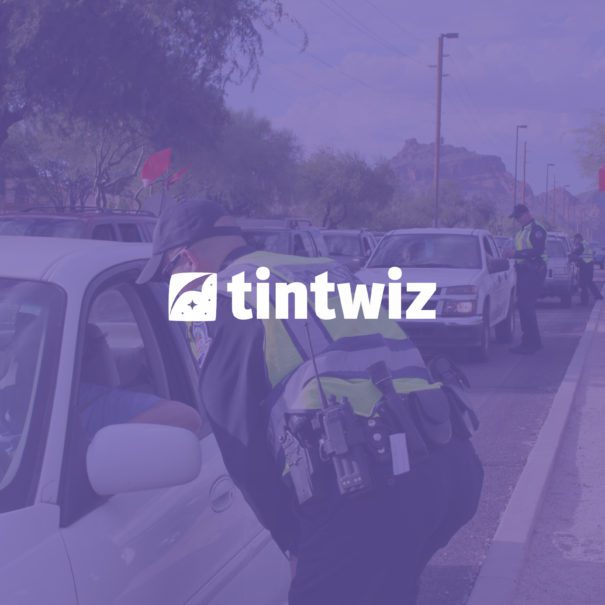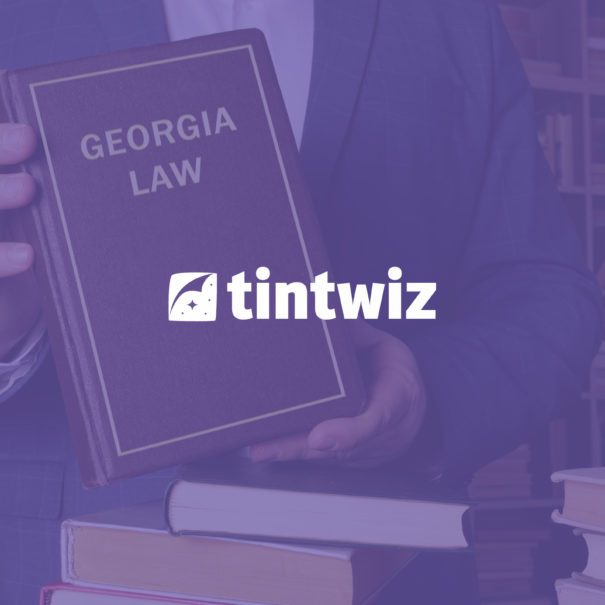Darkest legal tint for Cars in Utah
- Windshield: Non-reflective tint is allowed above the manufacturer’s AS-1 line or top 4 inches.
- Front Side windows: Must allow more than 43% of light in.
- Back Side windows: Any darkness tint can be used.
- Rear window: Any darkness tint can be used.
Darkest legal tint for SUV and Vans in Utah
- Windshield: Non-reflective tint is allowed above the manufacturer’s AS-1 line or top 4 inches..
- Front Side windows: Must allow more than 43% of light in.
- Back Side windows: Any darkness tint can be used.
- Rear window: Any darkness tint can be used.
Please note: The accuracy, completeness, adequacy or currency of the content is not warranted or guaranteed. We are not lawyers or a law firm and we do not provide legal advice. We recommend you consult a lawyer or other appropriate professional if you want legal advice.
Too often, people think of car window tint in Utah as simply about adding privacy and changing the look of a vehicle. In fact, auto window tint is one of the best ways to protect the interior of a car against damage caused by ultraviolet light, the leading cause of the fading, cracking, and discoloring to upholstery and other surfaces that can ruin a car’s interior looks for its current owner and can reduce its resale value as well. Window film for cars can also reduce the interior heat caused by infrared light during the long, warm summers in Utah. Window tinting cars can reduce fuel and battery drain by reducing the need for AC use, and that saves a driver money along with making the car more comfortable.
However, because some types of window tint are illegal in Utah, tinting car windows can also cause its share of problems if you get illegal window tint. Utah police and inspectors can use handheld, portable devices to check window tint darkness so if you have illegal tint, you will get cited for it eventually. The most important factor when it comes to legal car window tint in Utah is the tint’s VLT percentage, VLT being the standard acronym for visible light transmission. In simpler terms, VLT refers to how much or how little light tint allows to pass through, so a window tint with a very low VLT% is quite dark (5% is often called “limo tint”) while a very high VLT% is quite clear (95% would be almost transparent).
To avoid a window tint ticket in Utah, take careful note of the rules for window tint for vehicles registered in the state.
Windshield Window Tint Rules in Utah
The same rules apply to all types of private vehicle (meaning cars, vans, trucks, etc.) when it comes to windshield tint in Utah: non-reflective window tint is allowed down to the manufacturer’s AS-1 line. The AS-1 line is usually demarcated with small lettering and numerals on the windshield glass itself, but if no AS-1 line is visible, then you may apply window tint in a strip measuring four inches below the top of the windshield.
Side Window Tint Rules in Utah
As with windshields, the same rules apply to all vehicle types when it comes to side window tint in Utah. Front side windows, meaning those beside the driver and shotgun seat passenger, may have a tint as dark as 43% VLT or lighter. This adds plenty of privacy but still allows in a view from close up such as a police officer may need during a stop. For rear side windows, any tint darkness is legal, including full blackout privacy tint that does not allow any view into the car from the outside.
Note that Utah window tint laws mandate that a vehicle have dual side view mirrors if any windows behind the front row have any window tint applied.
Also be aware that reflective tint is not legal in Utah; no window film with a mirrored or metallic effect may be applied to private vehicles registered in the state.
Rear Window Tint Rules for Vehicles in Utah
The rear window, also often called the rear windshield, of any vehicle in Utah may have tint of any darkness, provided that the tint is not reflective. Any rear window tint also applies the rule requiring dual side view mirrors.
Other Car Window Tint Laws in Utah
Utah window tint laws for cars were enacted in the year 2005 and are still relatively current even given recent developments in window tinting technology. At present, all colors of window tint are legal in Utah (many states ban red, amber, and yellow tints) however many car window films may be effectively illegal because of the ban on reflective and mirrored tints, so it’s best to avoid gold, silver, copper, or ither metallic tints.
Window tint manufacturers, sellers, and installers are not required to certify the tint they offer in Utah as meeting state laws and motorists are not required to place stickers or other identifiers proving tint as legal anywhere on the car, but recall that rapid testing can reveal illegal window tint during any inspection or traffic stop, so it’s best to be sure your window tint retailer or vendor is offering window tint legal in Utah.
At present, Utah does not allow any medical exemptions for window tint even for people who feel they need darker tint for skin, eye, or other health reasons.
In Utah window tint tickets are relatively low at just $50 for the average window tint violation, but an illegal window tint ticket can be issued over and over again if you are stopped repeated times, so even the rather low cost per ticket can add up.









